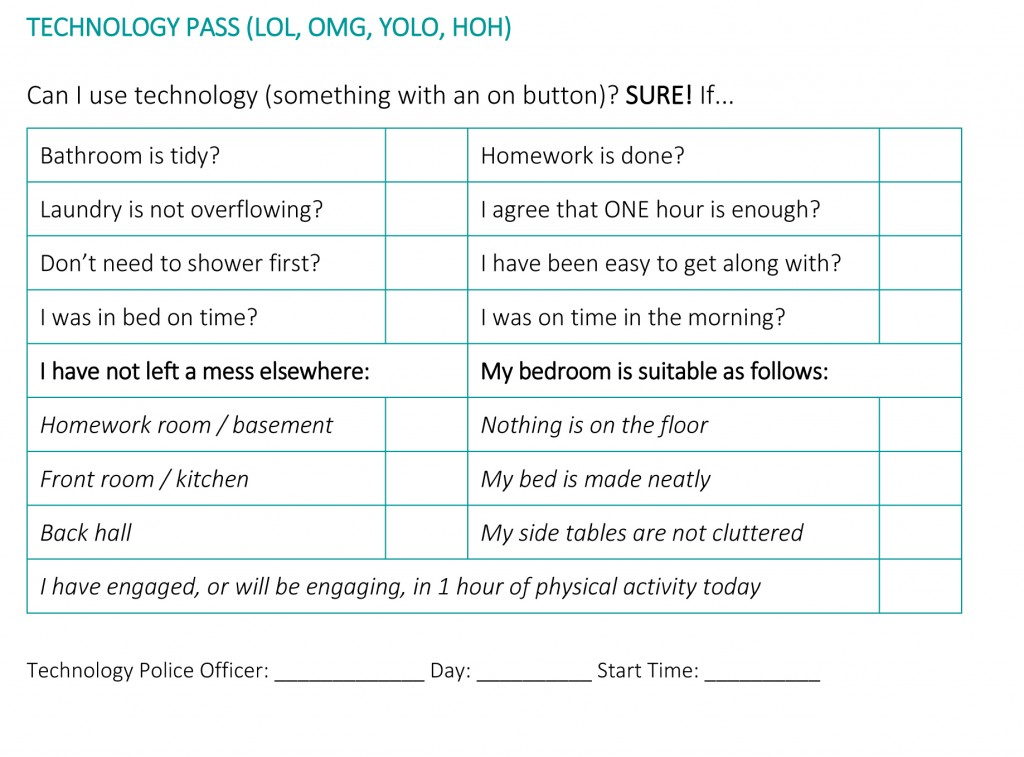Julie Entwistle, MBA, BHSc (OT), BSc (Health / Gerontology)
Co-Written with Jacquelyn Bonneville, Occupational Therapist
As occupational therapists, we often see clients experience issues with dressing after an injury or as a result of a disability. How do you dress when you have one arm? Or, how can you don pants, socks and shoes when you have not feeling or movement in your lower body? What about managing zippers and buttons with reduced fine motor control? Spasms, reduced range of motion, the inability to stand for dressing, or body changes that make clothing options limited? There are many reasons why dressing can become a problem.
As a society use fashion for several reasons – to manage the weather, for privacy from sensitive parts, and as an expression of ourselves. Clothing and clothing choices are important.
Business-wear and athletic wear are two areas of fashion that are generally limiting for persons with dressing challenges. For this blog we wanted to introduce some simple, but still fashionable and functional, adaptations that can help manage the task of dressing if this has become difficult!
Lock Laces or Elastic Shoe Laces

Elastic and lock shoelaces are permanently tied, and allow for stretch of the shoe when putting it on or taking it off. This makes it a functional, inexpensive solution for anyone who doesn’t want to worry about their laces coming undone (especially athletes!), or for people who struggle with tying their shoelaces tight enough, or with the intricacies of actually tying the laces. Note that often these are great in combination with a long handled shoehorn.
Nike Flyease LeBron Sneakers

Nike recently announced their release of slip-on ‘wrap-around-fasten’ shoes that are fashionable, basketball style high-top sneakers (designed with basketball superstar LeBron James). Though designed for young adults with Cerebral Palsy initially, this shoe is suitable for anyone who wants some stylish sneakers, without the hassle of laces. See the press release for more information and a video explaining the story behind these sneakers.
Under Armour Magzip

Zippers are often an integral part of our Canadian Fall and Winter attire to help secure our clothing to keep us warm. Zippers can actually be very challenging to co-ordinate for many reasons, and Under Armour tackled “fixing the zipper” in 2014 with their Magzip technology in a variety of unisex athletic-wear styles. The bottom part of the zipper is magnetic, meaning that it is far easier to ‘thread’ and pull up than a standard zipper, without sacrificing athletic hoodie style. See the press release for more information and a video explaining the technology.
One-handed Snap-Belts

Standard business attire (or even picture day at elementary school) often calls for a nice belt, and there are many options available online for snap-belts that do not require the threading of a traditional belt such as the RD Adaptive Apparel Snap-Belt pictured here.
Rollin Wear Jeans

Jeans are a staple of many wardrobes, but they certainly shift and move when people are sitting or standing. For people who spend a lot of time sitting, including office workers and people who use wheelchairs, jeans can be extremely uncomfortable; jeans regularly have rivets on the back pocket which can cause discomfort while seated, they have the same rise around the waist so when you sit they are either too low or bunch up, and the front button can dig into your waist when you sit down.
Rollinwear has designed a line of jeans designed for wheelchair users that offer an easier ring to work the zipper, a clasp instead of a front button, and are overall designed with the different body position of a person while sitting instead of standing. Be sure to look online for other companies offering similar adaptive jean designs!
Part of the role of Occupational Therapy is to have insight and knowledge about products that will help an individual function independently, without sacrificing style, priorities, or efficiency. For more information about customized products that may work for your individual needs, speak with an Occupational Therapist!
As a last inspiring thought, check out this link to the story of a beautiful athletic-wear teen model with Down Syndrome who is changing perceptions of disability, while being stylish at the same time.










